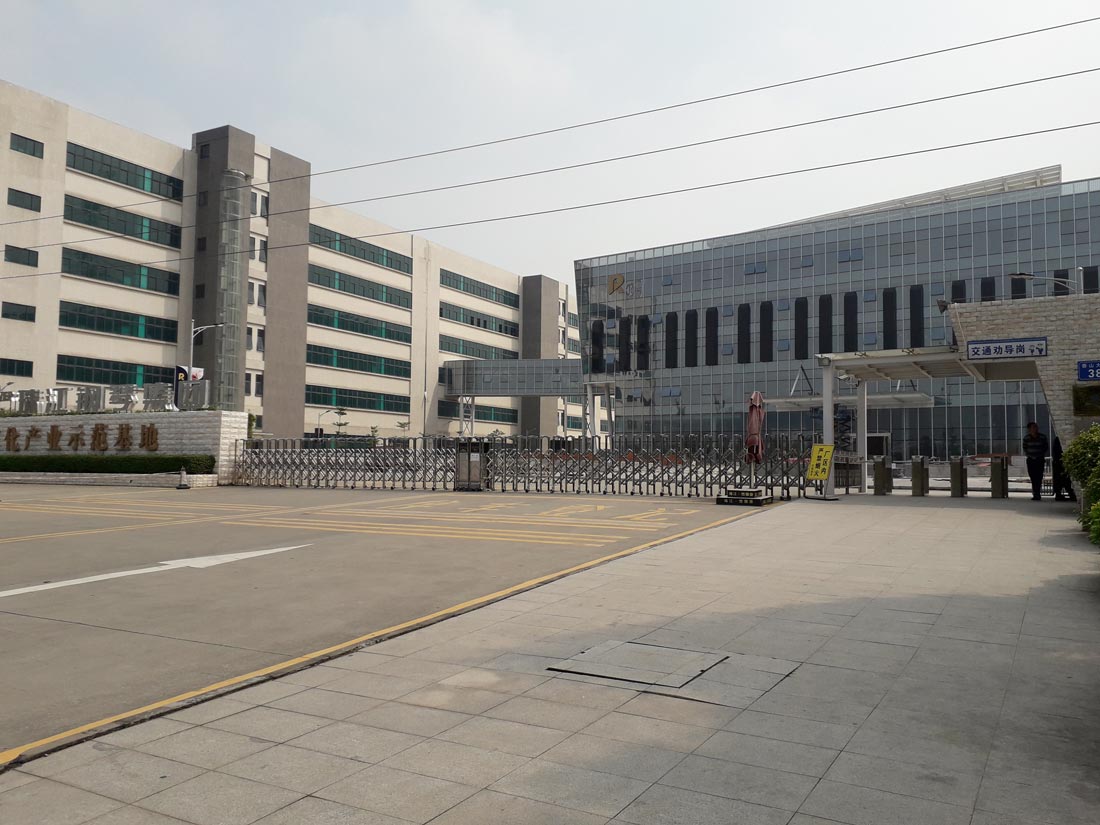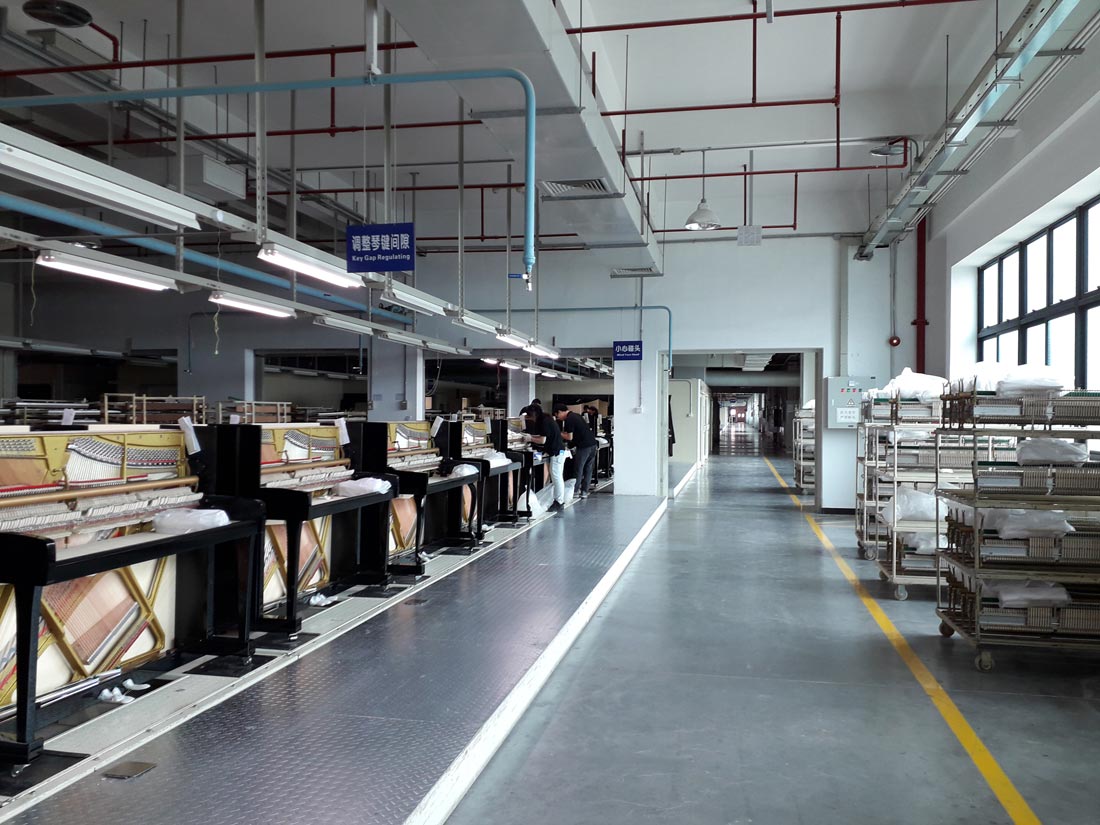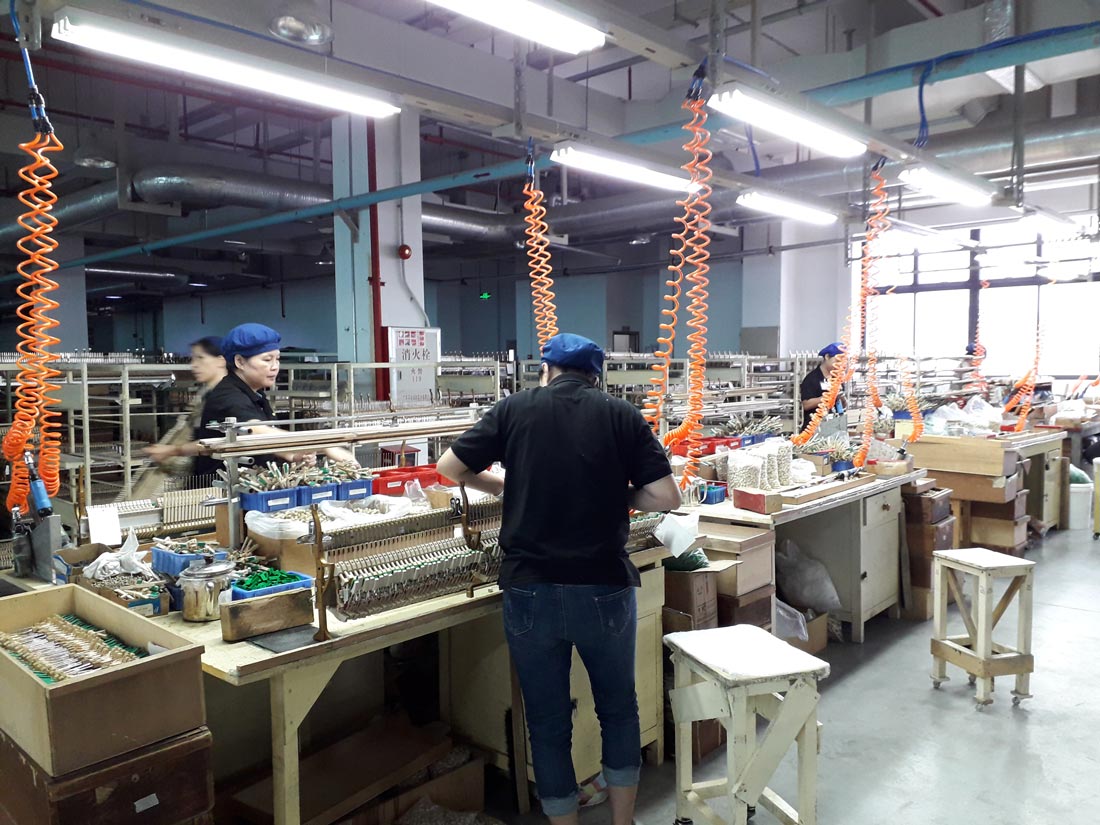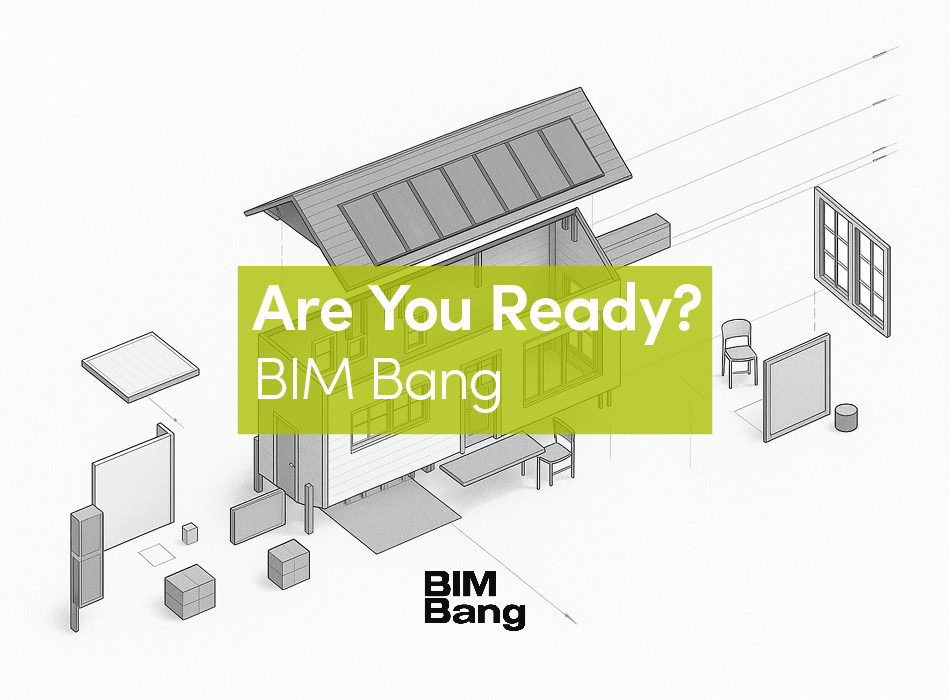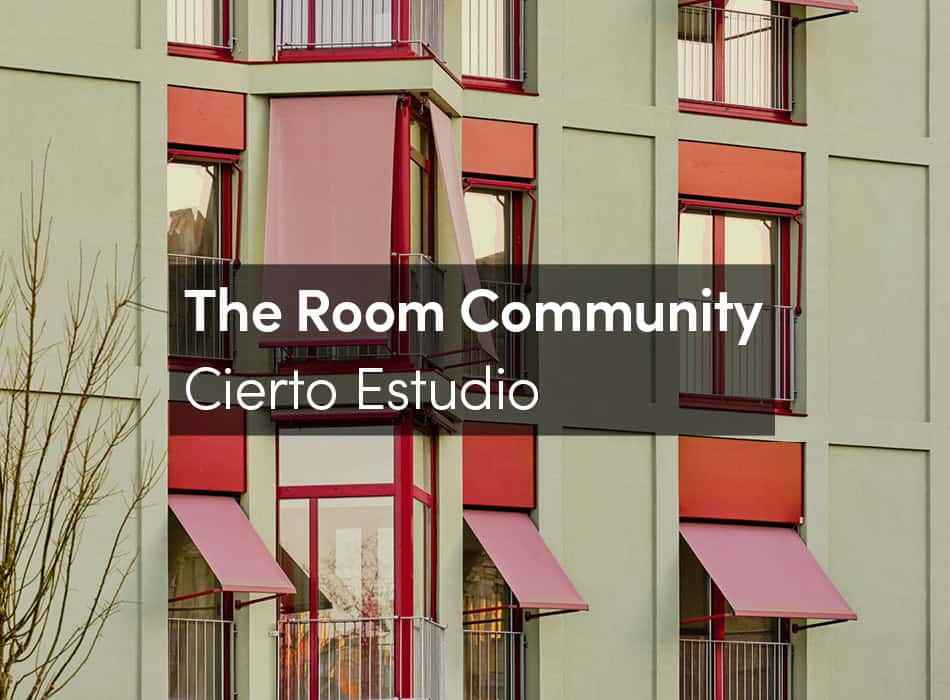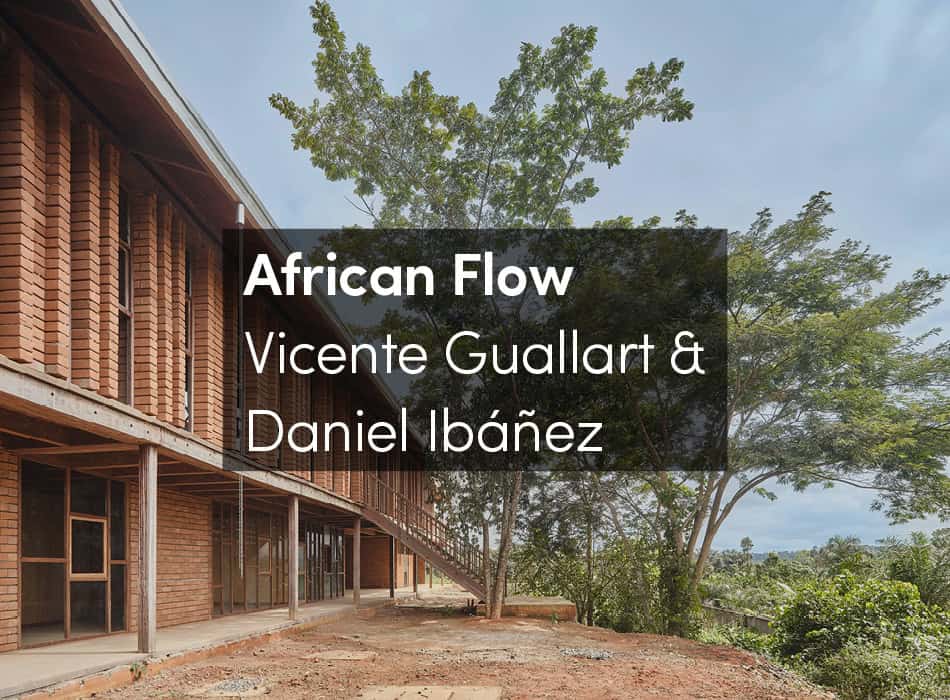How does clustering affect the urban environment? What are the effects on the urban agglomeration of the Greater Bay Area, one of the fastest developing mega-regions of the world? How are industries re-adjusting given this phenomenon? In the context of the Greater Bay Area development, the clustering strategy allows for the creation of highly specialized technological and manufacturing zones, and it provides the infrastructure for expansion and development areas around urban cores, featuring clustering and specialization as an important strategy both in terms of technological advancement and as a commercial feature (Di Tommaso, Rubini and Barbieri 2012; Zeng 2010; Yu 2015; Zou, Huang, Ma and Dai 2014). In this sense, the case of the relocation and upgrading of the PRP Factory in Guangzhou can be used as an interpretive lens to read what kind of trend is happening in the Greater Bay Area zone involving the urban agglomeration of Guangzhou. The case of PRP Factory, with the relocation of the production in a new plant in Zengcheng New Technological Development Zone and the renovation of the existing manufacturing unit in the Fangcun area for the creation of a cultural creative park, is representative of two parallel and interconnected phenomena: the upgrading of manufacturing infrastructures and the broader expansion of their scope through the inclusion of comprehensive high-tech and cultural services. These two parallel phenomena are the result of several factors, from regional policies to shifting functions in the city and updating manufacturing – which is also reciprocal with the industries’ own vision and expansion.
The concept of incorporating China’s National New Style of Urbanization Plan (2014-2020), Guangdong Province New Town Planning (2016-2020), encourages the enhancement of large-scale regional planning while softening the competition between cities: clustering thus becomes a clear strategy to foster the integration of resources in the PRD region. The formation of expanded PRD economic zones is intended to promote the economic development of the PRD Area, where Macao, Guangdong, Hong Kong and other PRD regions are constantly expanding, while deepening cooperation for mutual joint development (Song and Zhao 2018). Guangzhou has experienced a great expansion during the last 20 years, and it is still expanding towards the rural outskirts. The latest Guangzhou masterplan of 2006 and 2008 emphasizes the city’s spatial development strategy, aiming at creating a comprehensive competitive region in keeping with the regional integration and clustering policies of PRD (Shenzhen-HK, Wuhai-Macao, Guangzhou-Foshan) (Gong, Hu, Chen, Liu and Wang 2018; Berg and Bjrner 2014).[1][2] In the Development Plan of PRD (2008-2020), Guangzhou is progressively redefining its ambitions from the “export-oriented manufacturing city” towards the image of a global metropolis and a technological, educational and cultural center (Altrock and Schoon 2013).
Guangzhou municipality fosters the location of the technological industries in the eastern area of the region, due to high urban congestion in the city center since the open-door policy of 1978. In 2000, the Guangzhou City Strategic Plan tried to mark a shift from the mono-centric spatial structure of the city towards a strategy of “southward expansion, northward optimization, eastward extension, westward combination and central adjustment” to create a system of interconnected poly-centric and clustered nodes. This strategy includes the creation of new Development Zones and multi-functional integrated industrial areas. The recent development of Zengcheng (Jiang, Deng and Xiao 2010) can be related to this phenomenon, together with a strong emphasis on integrated infrastructural development, which will connect Guangzhou, Zengcheng and Huizhou in 2020.[3] Created in 1998 and annexed in 2006 as a district on the eastern outskirts of Guangzhou, Zengcheng covers an area of 1,616 square kilometers and is strategically located along the Guangzhou-Shenzhen Science and Technology Innovation Corridor – connecting Guangzhou Economic and Technological Development Zone, Dongguan, Shenzhen and Hong Kong – as a key component of the Guangzhou’s “Eastward Strategy” implementation. In 2006, it was established as a zone for advanced manufacturing and the service industry. Its strategic importance was acknowledged (Shao 2015)[4] in 2010 as a National Economic and Technological Development Zone, acting as an autonomous clustered network. In keeping with the “one zone, multiple parks” motto, the overall strategy framework aims at creating a synergy of ecological spaces, transport systems, capital and industrial agglomeration, and high-end productive services development. It is organized in three “priority development areas”: the central and the north areas host residential functions, research, education, creative industries and a green ecological pole for eco-tourism, while the south area is dedicated to the new industrial zone focusing on advanced manufacturing, industrial clusters and parks. Zengcheng Economic and Technological Development Zone created a favorable environment for high-tech industries, such as the relocation of new PRP Factory in a core area of Southern New Industrial Zone[5] (Deng 2011).
The new plant for the Pearl River Piano Group Ltd in Zengcheng Development Zone
The Grand Piano manufacturing area of Pearl River Piano Group Ltd in Zengcheng Development Zone
In this context, the recent history of the PRP factory – the creation of a cultural district in Guangzhou and the relocation of the production in Zhengcheng – is paradigmatic of how a manufacturing industry can diversify its production and can exploit urban renewal/expansion strategies to position itself within an urbanization phenomena in the framework of integrated clustering strategies. Started as a small state-owned enterprise in 1986, today PRP Group is one of the leading global piano manufacturers and has acquired several well-known international brands (including Ritmuller and Kayserburg), adopting the amalgamation of different musical enterprises into a giant factory as a strategy for global competition.[6] PRP Group extended its scope to the culture and education industry and at same time built an industrial chain (manufacturing-rental-service-education) to promote company strength and expansion. The realization of the new PRP National Cultural Industry park started in Zhengcheng Development Zone in 2012, and it will host a wide range of functions in 323,000 sqm: a sculpture park, a music culture performing arts center, a musical instrument display center and music appreciation center. The first phase (production of medium-high-end vertical pianos, digital music instruments base and digital instrument research institute, medium-high-end vertical piano industry) was completed and put into operation in 2014. The second phase has been completed recently and includes the processing workshops for outer casings, painting, and assembly of grand pianos as well as the music art museum, concert hall, and exhibition hall, the marketing center, technology research and development center, quality supervision and the inspection center. The project also supports the construction of an outdoor music culture square. [7], [8] The urban compound formed by the new plant is representative of the need for the implementation of production and the integration of R&D and service strategies in the “clusterization” mode adopted by PRD city region. The urban footprint and morphology of the new plant is representative of how a manufacturing installation inserted in an expansion zone with features like Zhengcheng can broaden its scope by expanding its influence and by involving a broader notion of production.
The Grand Piano manufacturing area of Pearl River Piano Group Ltd in Zengcheng Development Zone
The Upright Piano manufacturing area of Pearl River Piano Group Ltd in Zengcheng Development Zone
The Great Bay integration and transformation policies to turn Guangzhou into a world-class culture and education city contributed to re-shuffling the organization of industrial units in the region, of which PRP’s recent history can be read as a representative case. In this perspective, the relocation of the production in the Zengcheng economic zone is highly significant of a broader trend involving the Pearl River Delta Mega-Region envisioned as a systemic urban network, where clustering strategies are adopted in order both to meet the increasing demands of production and to enhance the advantages of proximity for highly specialized manufacturing areas. Contextually, the renovation of the old manufacturing infrastructures into a creative culture park aims at fostering a vision of Guangzhou as a livable cultural and educational center.
The PRP case highlights the fact that urban policies and regional planning can be accomplished when it is reciprocal with industries’ own visions and demands: the formulation of these new synergies enhanced by the new plants in Zhengcheng and by the renovated ones in Guangzhou acts together in a closed loop of education and culture on the old site to high-tech production on the new site, enhancing the shared interest of different stake holders (from urban management administration to industrial entrepreneurship).





